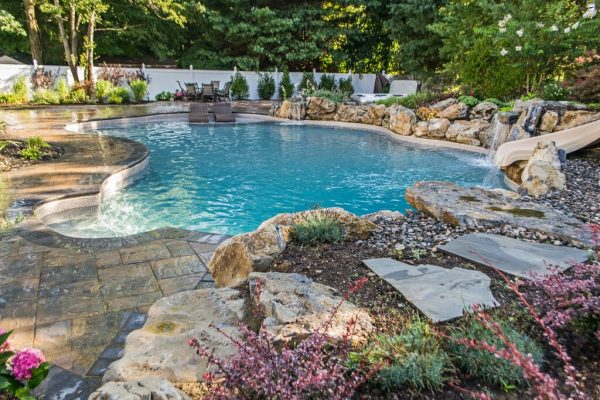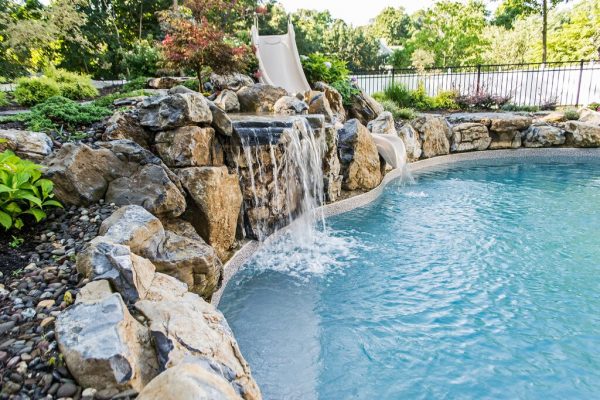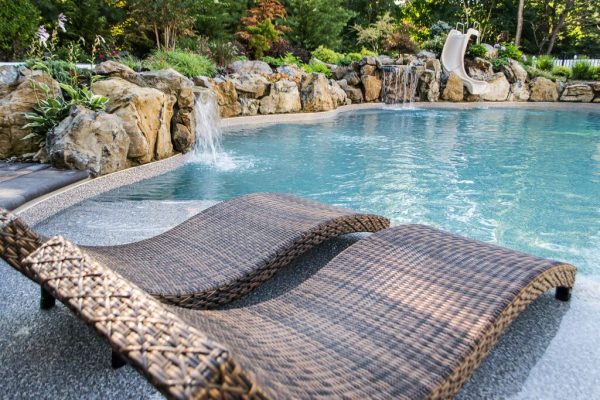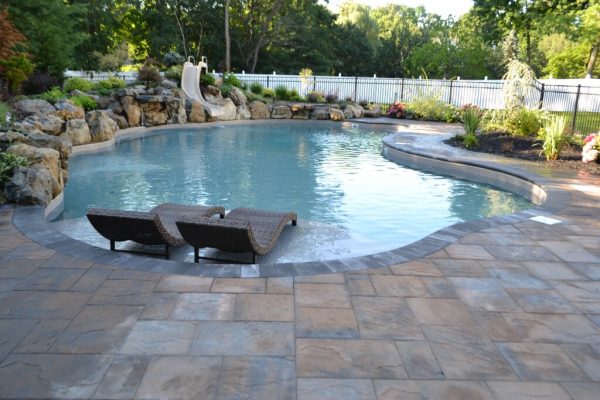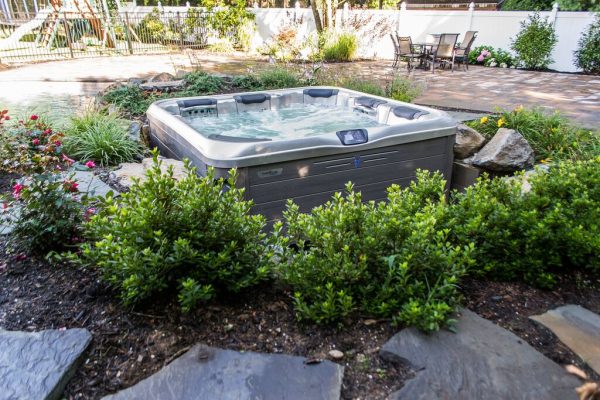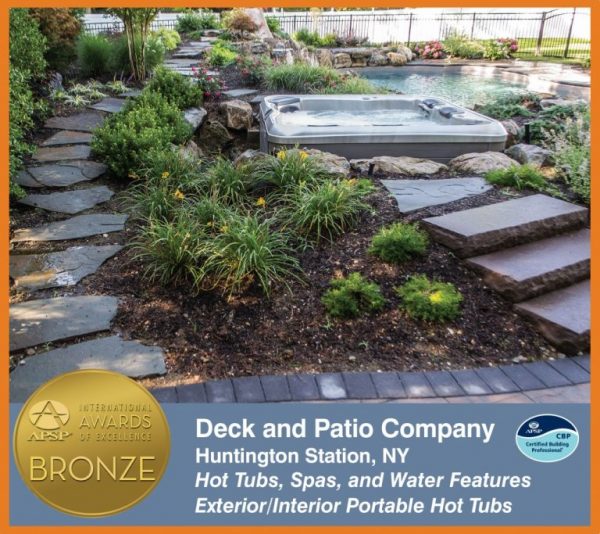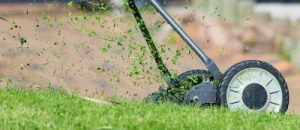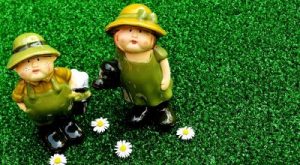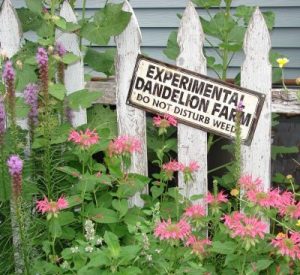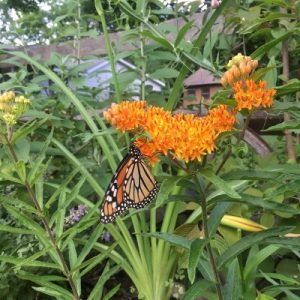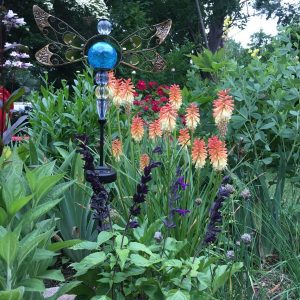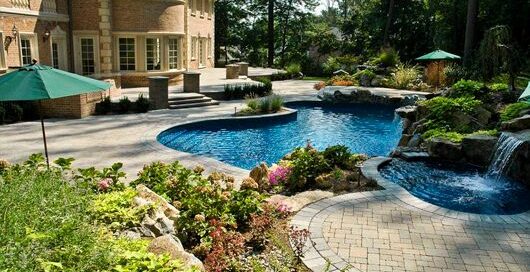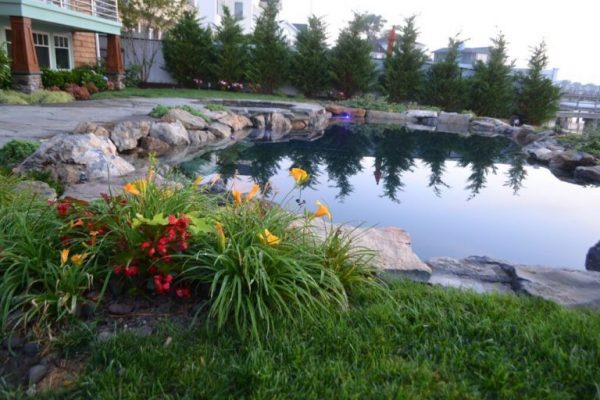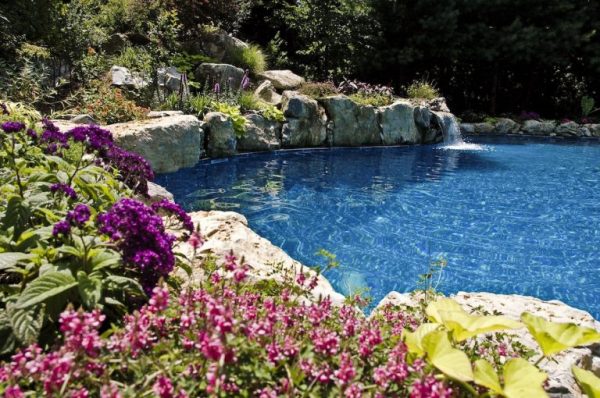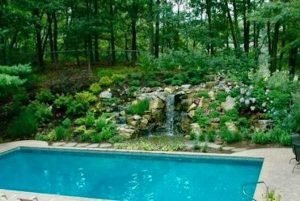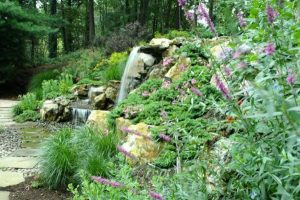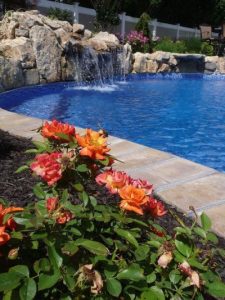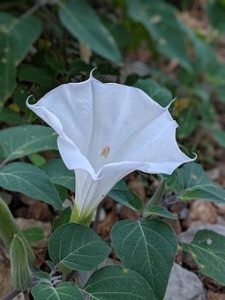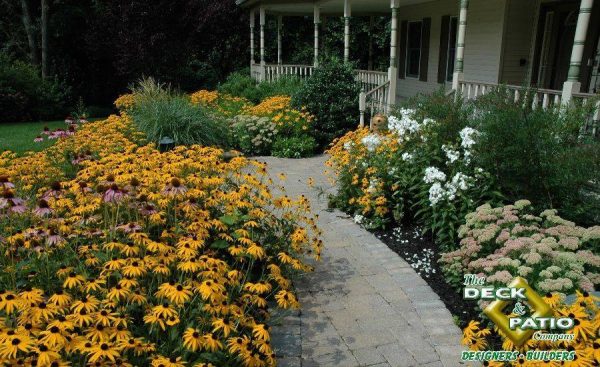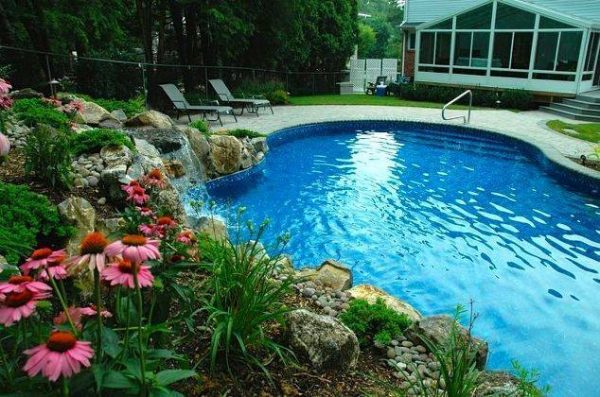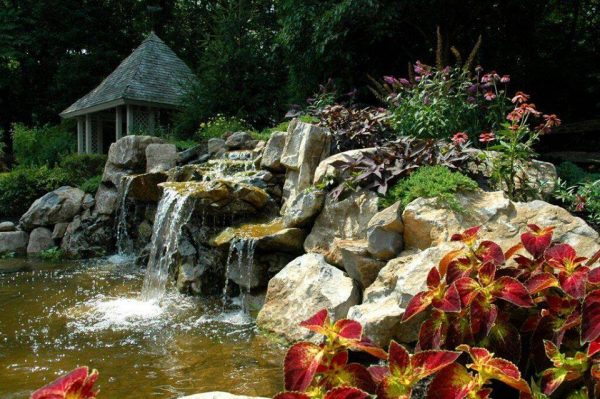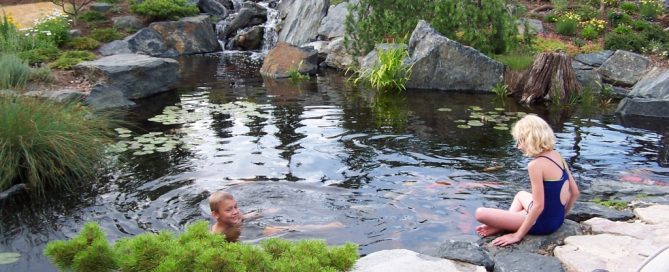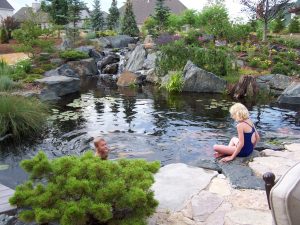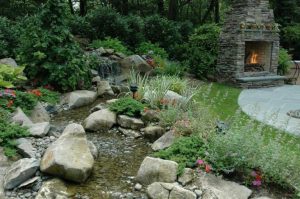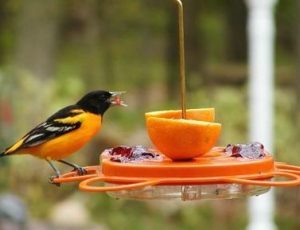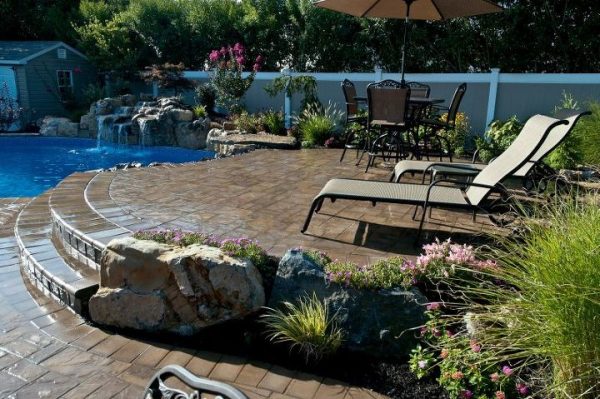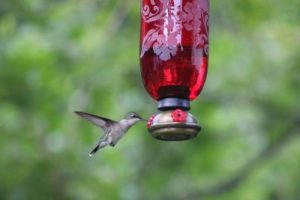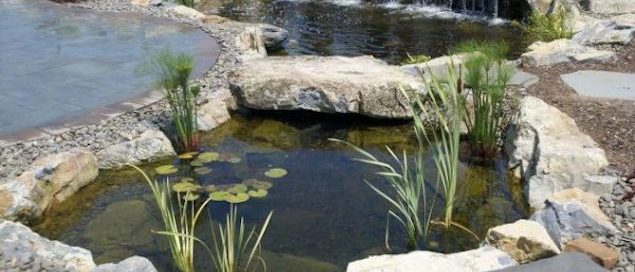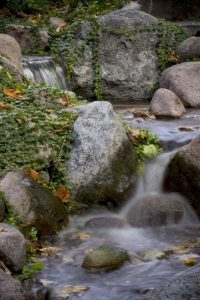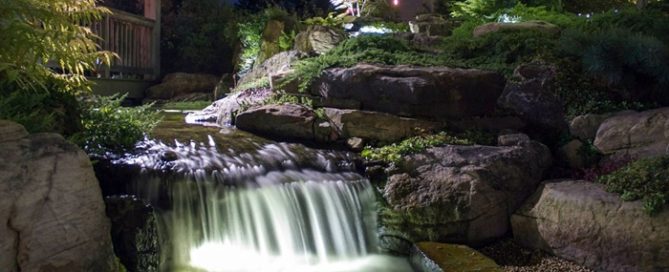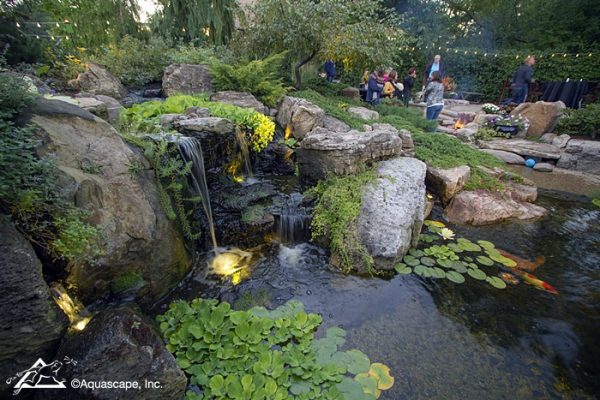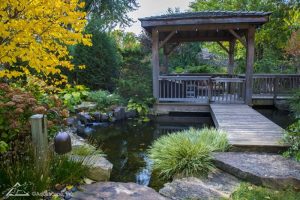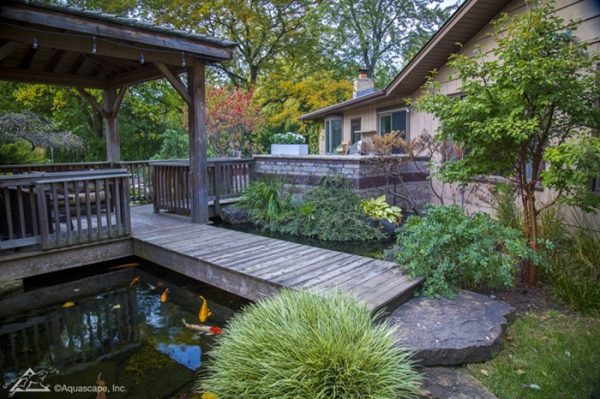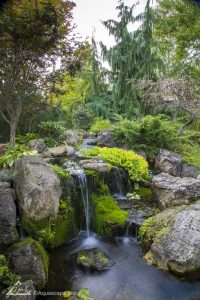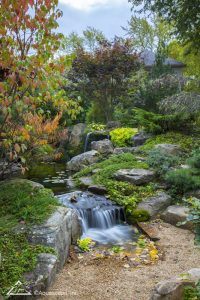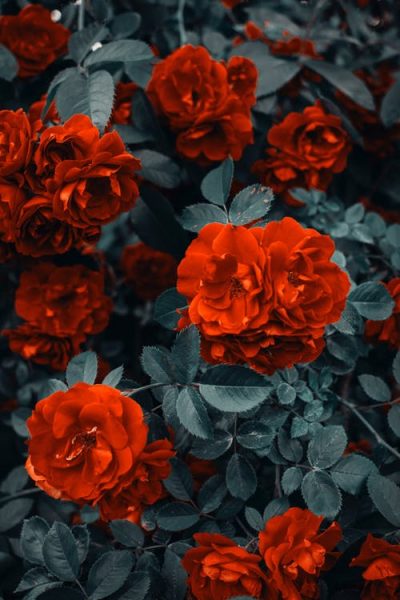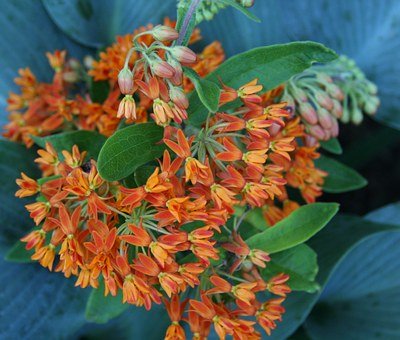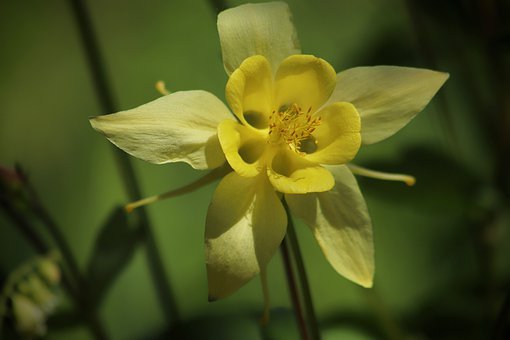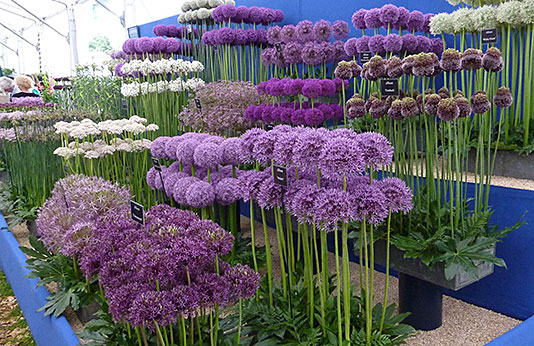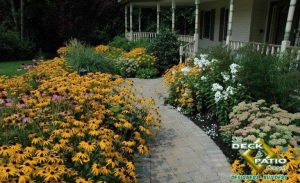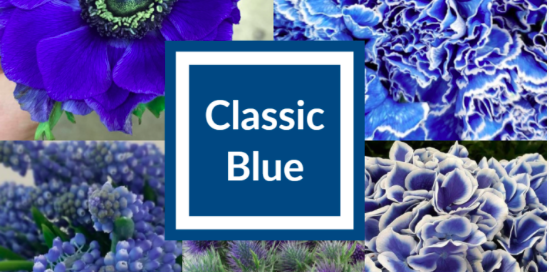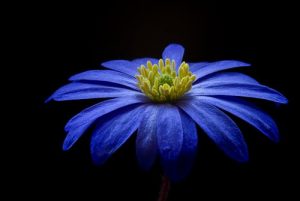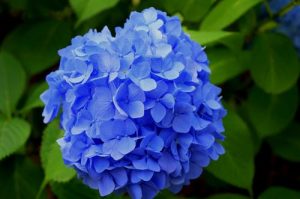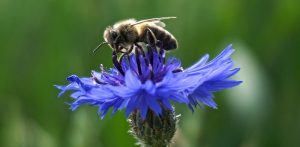Backyard Oasis: These Days, Home Is Where It’s At
You might be missing summer concerts, well-attended barbecues, and other larger-group activities. At least activities that don’t include masks and social distancing. But creating that backyard retreat you’ve always wanted, even if just for family right now, does offer some compensations.
Take, for example, this project we did for clients a little while ago. They wanted a pool, with a waterfall and handsome patio, and they also wanted a “spillover” spa. But in speaking with them we learned something. They also wanted to be able to use their spa all year round. Hot tubs help you relax, and it’s understandable they want that option throughout the seasons.
“Most custom in-ground spas, especially spillovers,” says Dave Stockwell, “are connected to the pool’s functions. This means when the pool is shut down — usually by late September here on Long Island — the spa gets shut down, too. Our solution was rather than build the usual connecting cement spa, to install a portable hot in a way that looked built in — and with a waterfall just below it.”
The clients agreed that this was an ideal way to give them all they wanted, especially since they would also get the superb hydrotherapy benefits from the massage jets — and have those benefits, whenever.
The neat thing is that from inside the pool and many parts of the patio, this second pool waterfall just below the spa gives the appearance that the water’s coming out from the spa— or that it’s a spillover spa.
Completed Oasis-style Pool and Spa
The movement in the pool’s free form shape, surrounded by plant material chosen for color and texture — with a view on how it will grow — ensures their backyard retreat will be a lovely backyard oasis for a long time to come.
And what about during seasons when the pool is closed? There’s lots of long-blooming plants and green ground cover to brighten the area outside of pool season so the view from the hot tub remains very pleasant.
Amenities abound in this backyard retreat: beautiful free-form vinyl pool, moss rock waterfalls, diving rock, tanning shelf, spa set in-ground, robust plantings, and handsome patio.
Deck and Patio set the portable spa all the way into the ground with boulders and plantings around it — and added a moss rock waterfall just beneath that splashes into the pool. While it’s actually coming from the pool’s edge, the waterfall appears to be coming from a custom in-ground spa.
Next to the Wild Ride slide that also spills water into the pool, we installed a moss rock waterfall that flows with force over an extended rock.
The free-form vinyl pool was designed with an expansive tanning shelf that boasts room for two large S-shaped recliners. Having no legs, the recliners sit right in the water for a comfortable way to keep cool and sunbathe at the same time.
The handsome patio/pool surround is made with durable Cambridge Ledgestone XL “Toffee Onyx Light” pavers (Sherwood Collection). These pavers come in 3-piece design kits for a beautiful random design.
We left one side of the spa exposed to make it easy to get to the plumbing operation of the hot tub. However, when looking at it from the patio or pool area, it appears to be all in-ground.
APSP Bronze Award): To provide the look the clients wanted – a custom spillover spa — along with year-round use, we built the portable hot tub all the way into the ground with boulders and plantings around it. Bluestone stepping stones allow for more softscape to be seen.
So, life may not be back to where we want it, but fortunately, if budget and space permit, there can be some compensations.


